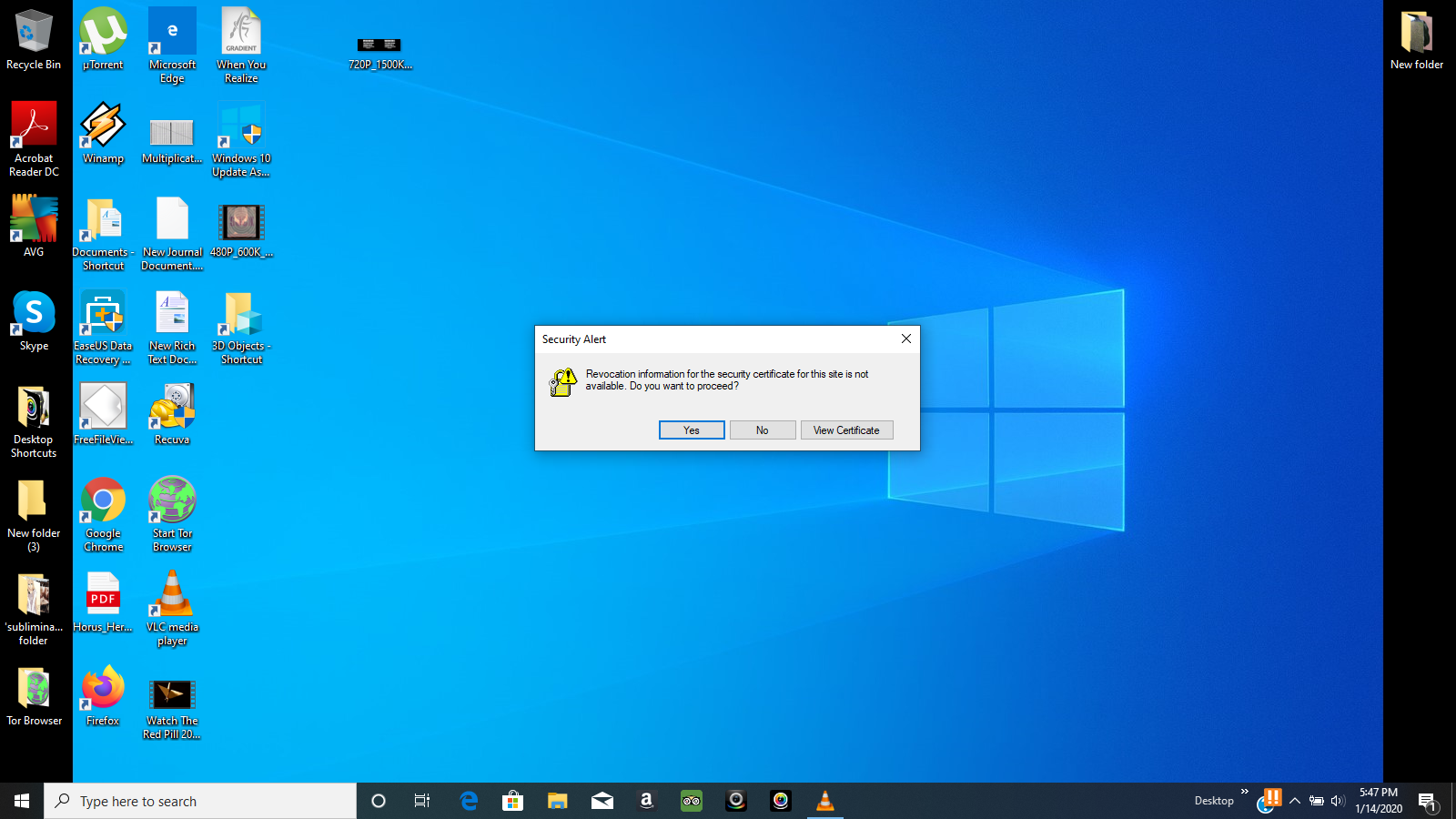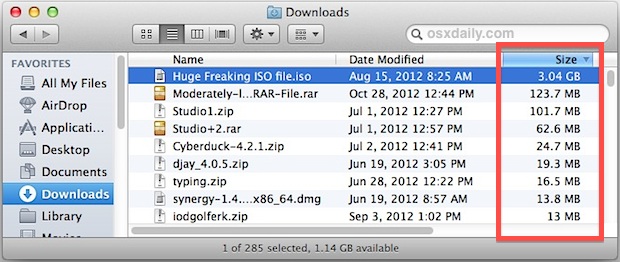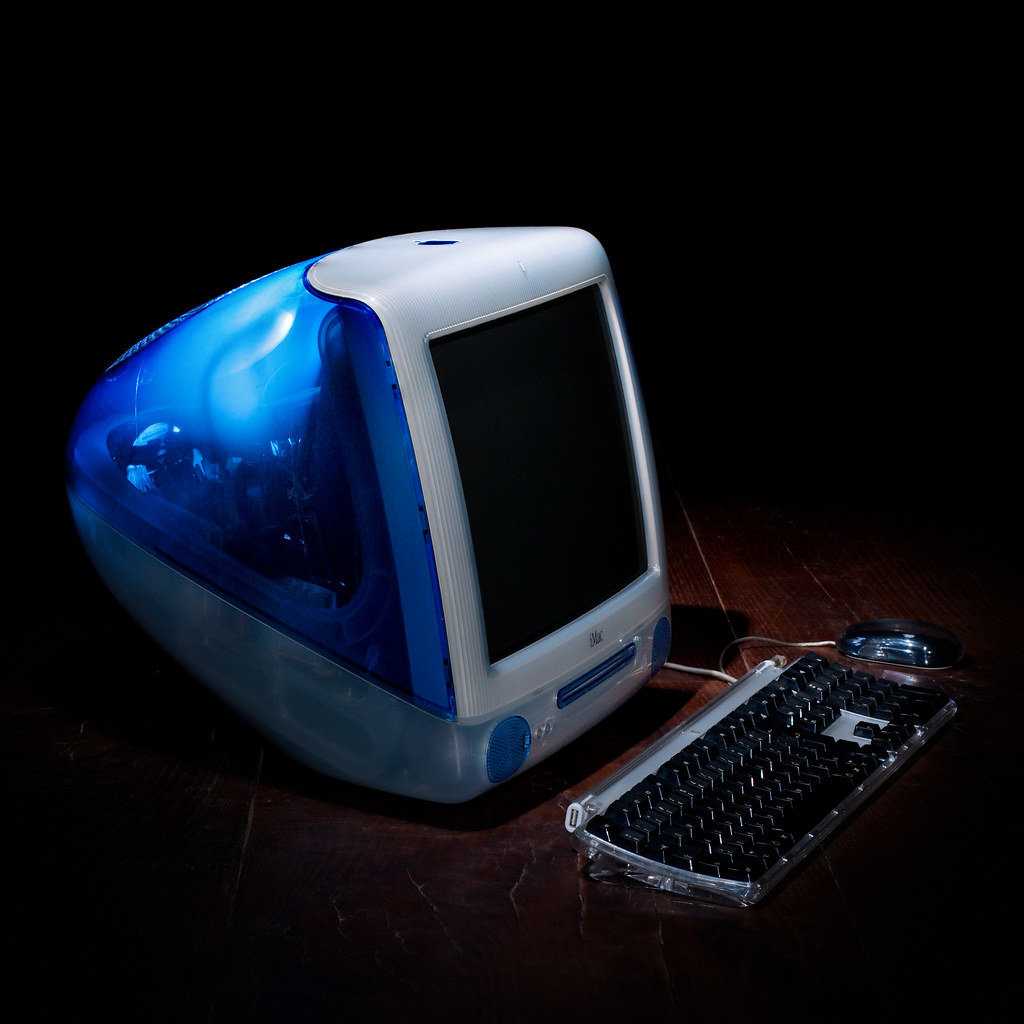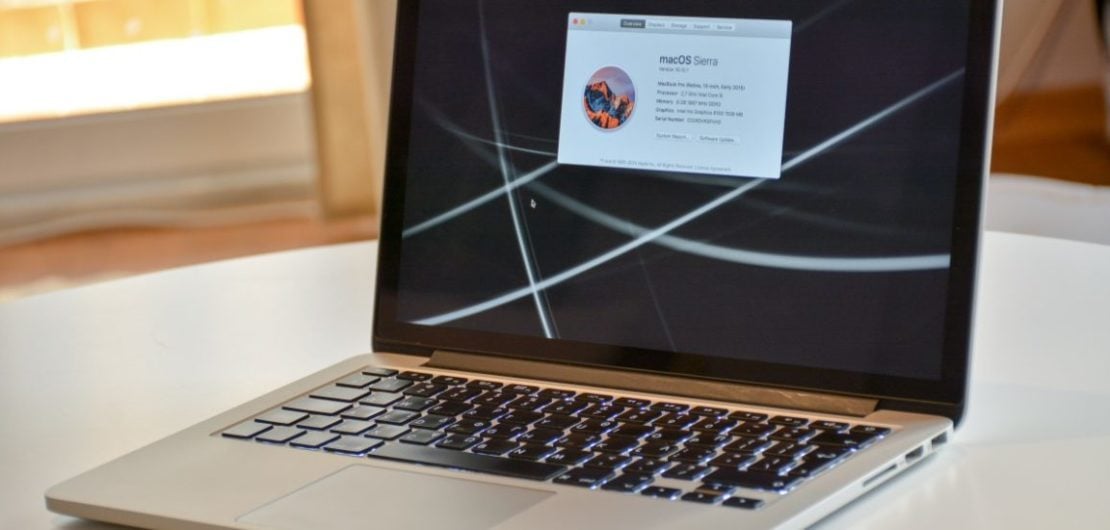- How Do I Free Up Disk Space On My Mac Mini
- How Do I Free Up Disk Space On My Mac
- How To Clear Disk Space On Mac
- How Can I Free Up Disk Space On My Mac
- Clear Up Space On Macbook
- How Do I Free Up Disk Space On My Mac Yosemite
To free up disk space on your Mac start with simple steps: empty Trash, delete files from the Downloads folder. If there is still not enough storage, then consider deleting large files. They can be found by clicking on About This Mac - Storage - Manage. Here are 8 of the best disk. “How do I free up disk space on my Mac” or 'How to clear disk space on Mac' are usual questions for Mac users but effectively getting rid of files is not an easy thing to do, especially without the right tools. Umate Mac Cleaner is a perfect software to effectively remove those junk files that are secretly eating up your disk space.
Is your mac running out of space running mac os Big sur? How to Free Up Space on macOS Big Sur ? At the Special Event keynote of the Worldwide Developer Conference 2020, the Apple CTO presented the new name of macOS which succeeds the very controversial Catalina edition: it is Big Sur, a title predicted a few hours earlier and referring to the sunny beaches of this Californian coastline located not far from the Apple Park. This year, the most remarkable is probably on the design side, with significant improvements that quickly overshadow the departure of Jony Ive .
1. Remove App Junk
App junk are those programs that tend to remain hidden on your macOS even after dropping them on Trash. However, it is worth understanding that deleting unwanted app manually increases your chances of completely removing some critical programs. Therefore, carefully check the filename before deleting it to ensure that it’s for the intended app.
If you want to ensure that you delete all the program junk from your macOS Big Sur, follow the following steps:
Step 1. Take note of the apps you’ve sent to Trash and jot them down. Afterward, find the app junk and the files they are related to.
Step 2. Visit the app location to find the associated programs. Open Finder, Select “Go” and choose “Go to Folder”.
Type “/Library/Application Support” and click “Go”.Go to the folder in macOS Big Sur
If you want to locate a particular program for a specific app, follow the following commands:
- Library apps – /Library/Application Support/
- File Support Cache – /Library/Caches/
- Launch Agents – /Library/Launch Agents/
- Preference Files – /Library/Preferences/
- Application Support Files – /Library/ Application/
- Binary and Dock Items – /Application/
- Start-Up Items – /Library/Startup Items/
- Saved App States – ~/Library/Saved Application State/
2. Clean Your Download Folder
Are you still puzzled on how to get rid of all those PDF files you obtained from the internet or the images you opened after reception from friends or relative? All these files end up in the Downloads folder on your macOS. Without wiping them off, they end up taking up a considerable chunk of your hard drive space. To get rid of file junk from your downloads,
follow the following steps: Clean Download Folder
- Visit the Downloads folder near the Trash Can icon to reveal downloaded items.
- Click the “Open In Finder” button to find the “Downloads” folder, which contains all your downloads.
- Once here, you can either press Command + A to select all files or choose each file one at a time.
- Once you’re done highlighting the intended files for deletion, drag and drop them in the Trash Can.
3. Use Storage Optimization Tool on macOS Big Sur
The new macOS Big Sur has a new storage optimization tool that ensures the device has an optimized storage usage at all times by avoiding space wastage. Also referred to as the “Storage Tool”, this feature offers additional space in your hard drive for you to store other programs and files.
To activate the storage optimization tool in your macOS Big Sur, follow the following procedure: Visit the “Apple Menu” located on the top-left of your screen.
Click on About This Mac > Storage > ManageUse New Storage Optimization Tool on macOS Big Sur
You’ll see a pop-up message with several options. Click on the “Optimize Storage” button. Once activated, the optimizer will automatically arrange your files, removing any program junk to free up space. The reason why the storage optimization feature excels in the macOS Big Sur is that the device has an enhanced space for additional storage.
4. Clean Cache on your Mac
In simple terms, a cache is a type of temporary files that enable the macOS Big Sur to operate efficiently. There are various types of cache files. They include Browser cache, System cache; and User cache. Although these caches are helpful, they are temporary and can usurp a large space on your macOS disk.
Clearing Browser Cache on Your macOS
If you are a heavy internet user, you may end up clearing megabytes of cache files on your macOS Big Sur. The official MacBook browser is Safari, and you can remove the cache by following the following steps:Show Develop Menu in Safari
- Click the Safari icon to open the browser.
- Go to the menu and click on “Preferences”.
- Go to the “Advanced” feature and tick the “Show Develop” in the menu bar.
- Click the “Develop” button in the menu bar and choose the “Empty Caches.”
- Close the Safari browser for cache clearance to be complete.
Clear System Cache and User Cache
The system and user caches are the temporary files that let you use your macOS on daily operations. For example, when you listen to music or view a video on your MacBook, the information is stored in the system cache file. The device can, therefore, locate the file quicker and easier on a subsequent command. With time, these caches can occupy a large space on your macOS Big Sur. If you’d like to clear all cache from your macOS or delete a cache belonging to a particular application, here’s the procedure
Terminate the operations of all applications.Launch “Finder”.
Select “Go” on the Finder menu and choose “Go to Folder”.
Type ~/Library/Caches/ and click “Go”.
Find the cache file related to a specific app and choose the items you need deleted and drag them to the Trash Can.
5. Use Cloud Drives
Is your MacBook filled up because of storing a lot of programs and apps? Additionally, you may lose your personal data by frequent misplacement of your USB flash drive. That’s why software developers have created cloud-based storage apps to help you to free up space on your macOS. There are several cloud drives you may consider, but each operates differently with different operating systems. Below are some of the best cloud drives for you macOS Big Sur.

Google Drive. Albeit Google Drive was initially intended for storage purposes, it expanded its featured tools by incorporating an office suite that comprises Google Docs too. Fr merely having a Google Drive, users get 15GB free storage space. However, for additional space, you’ll have to incur monthly subscription fees.
iCloud Drive. This Apple cloud-based storage software works best with Apple’s latest gear on the macOS Big Sur. When you use it on any macOS device or an iDevice, you get an extra 5GB of free space. It comes with an integrated office suite, although it only contains basic features like Pages, Keynote, and Numbers. iCloud supports Windows but is still not supportive of Android.
Dropbox. Dropbox free storage is 2GB. The advantage of this cloud storage app is that it’s compatible with different platforms, including Windows, Mac, Linux, iOS, Kindle, Android, and Fire mobile application programs. Dropbox also provides different promotional offerings such as an extra 250MB for just getting started with the tutorial or 3GB extra space for uploading images through the mobile app.
How Do I Free Up Disk Space On My Mac Mini
6. Find and Remove Duplicate Files

The daily utility of your macOS may mean having duplicate files. The most common reason why you may have duplicate files is because of program installations. When an essential program feels under threat from other applications, it may duplicate itself to minimize the risk of malfunctioning.Find and Remove Duplicate Files
But if you find an unimportant program with it duplicate, you can install the Gemini 2 App for macOS. Gemini helps you identify, locate, and get rid of duplicate content in whichever corner they lay concealed. Regardless of the capacity of your hard Drive, Gemini can scan it at a lightning-fast speed. Furthermore, the software also locates and removes similar files to ensure you have free space on your MacBook.
7. Use Third-Party Apps
Instead of using the manual method of clearing space, you can use automated software that performs all that work in a fraction of the time. The Clean My Mac app automatically rids your macOS system of junk file and other remnant programs that eat up space in the device. By using the Clean My Mac software, you can clear up space to revamp the speed and operations of your MacBook.
Today in 2021, MacBooks are more spacious than ever. The new MacBook Air comes with a 256-GB hard drive. But no amount of storage seems to be enough as the ever-inflating digital media is taking over our hard drives. Cloud servers are only a partial answer to that. They aren’t getting cheaper and consume insane amounts of the world’s electricity. So if you want to take a load off your drive and help the planet, you should teach yourself a couple of storage-keeping tricks. Let’s go.
What’s causing low disk space on your Mac?
Before you begin to free up disk space, let’s identify what’s taking it up. From the Apple Menu in the upper left-hand corner of your screen, select About This Mac and then click the Storage tab in the window that opens. You’ll get a handy, color-coded graph that looks like this:

In the above example, you can see that apps, audio files, and “other” (for details on what this “other” category consists of, look here) are taking the most significant amount of space.
It’s nice to see what’s stored on your Mac, and even nicer to be able to browse the folders that contain the files themselves. Now that you’ve identified what’s on your drive let’s free up some space.
How to increase disk space on your Mac
There are several options here, so let’s go through a few.
1. Remove large and old files
Often the files that end up taking the most space are tucked away in “cold storage” on your computer. These are big movies, photos, or the like that you rarely look at but can’t part with, either. In this case, archiving the files and moving them to an external drive is a good way to free up storage space on your Mac.
Locating huge neglected files can be a pain, but it gets super easy with the CleanMyMac X app. It has a dedicated Large & Old File finder. It will help you find massive files and sort them by size to define the largest ones quickly.
You can download the free version of CleanMyMac X here.
As the name suggests, it finds files that occupy a lot of space on your disk but haven’t been opened for a long time. You can quickly review these files right in the app and decide which ones you want to remove. It’s a really handy feature if you have a lot of heavy stuff piled up.
2. Empty Trash
Review your Trash bin’s contents one last time before you empty it. Press Command and right-click the Trash folder on your Trash icon. Then, click Empty Trash to remove everything.
Use Command-Option-Delete to delete any folder immediately, bypassing Trash.
3. Clean up the Downloads folder
Files love to hide in your Mac’s Downloads folder. Old disk images, random photos, unused extensions, ZIP files… they’re all in there, not making a sound. Hiding. ? Go to Finder and browse what’s sitting in your Downloads, wasting space on your disk. Anything unnecessary can be dragged to the Trash.
4. Delete duplicate folders and files
How many times do we copy or download things twice? Like many users, I would prefer to have a backup twin of my important files. But that often ends up in my files being quadrupled…or what do they call a 4th or 5th copy of the same folder?
To effectively remove duplicate files and make space on Mac, you can use Gemini 2. This is how this app looks.
You can download this little duplicate finder here.
Gemini 2 analyzes potential duplicates by many criteria, not just the name of the file. It searches for:
- Duplicate folders
- Duplicate movies
- Similar images
5. Learn to use Optimized Storage
Optimized Storage is the built-in feature of the macOS. It’s a sorting algorithm that shows different categories of files on your Mac for review and removal.
How Do I Free Up Disk Space On My Mac
- Click the Apple Menu > About This Mac > Storage.
- Choose “Manage…”
By far, the most-space demanding of your files will be Applications.
Using the quick tabs above, you will decide what is there you can toss away. Make sure also to check Recommendations (on top of the list). There are a couple more space-saving options there.
6. Uninstall unused applications
If you’re like me, you often try an app “...just to see what it does”. While that’s fun, it frequently results in a slew of forgotten apps. It’s a good practice to set a reminder to review your Applications folder and clean out the ones you no longer use. However, note that simply dragging an app into your Mac’s trash doesn’t eliminate all of its related files.
How To Clear Disk Space On Mac

CleanMyMac X's Uninstaller feature, on the other hand, leaves no leftover pieces behind, which means more available space on your Mac. CleanMyMac X finds every app-related document and file, no matter where it has been tucked away and deletes it from your Mac.
And speaking of setting up a reminder, CleanMyMac’s scheduler will handle that task for you, too. Just tell it how often you’d like to be prompted to give your Mac a good cleaning and leave the rest to the app.
How Can I Free Up Disk Space On My Mac
7. Delete your Desktop screenshots
Mac’s Desktop is where you keep screenshots by default. With a feature called “Stacks,” you can organize your Desktop into clearly labeled folders. One of such folders will be Screenshots, which you can later remove in one sweep.
Clear Up Space On Macbook
- Go to your desktop.
- Right-click somewhere in the middle of your Desktop.
- Select “Use Stacks”
Now you should see the Screenshots folder with all your screengrabs neatly stuffed inside. Drag this folder to the Trash and empty it.

8. Get rid of system junk
How Do I Free Up Disk Space On My Mac Yosemite
It’s not just your files that are hogging disk space — it’s also useless system files like logs, cache, unused binaries, old iOS backups and installers, and what not. Fortunately, CleanMyMac can find and eliminate them all to make low disk space a thing of the past, at last.
System junk is comprised of:
- User cache files
- Application cache
- Broken downloads
- Unused .DMG installers
As you can see, the 'User cache' category alone can recover about 3 GB of space. So the best way to free up space on Mac is to start with this type of files.
With just a few clicks, you’ll discover what’s where and what’s ripe for deletion. The best way to free up hard drive space is to run CleanMyMac X and wave goodbye to space-hogging files. Don’t worry. You won’t miss them. Hopefully, you managed to clear a lot of disk space — drop by for more Mac housekeeping tips. 😉